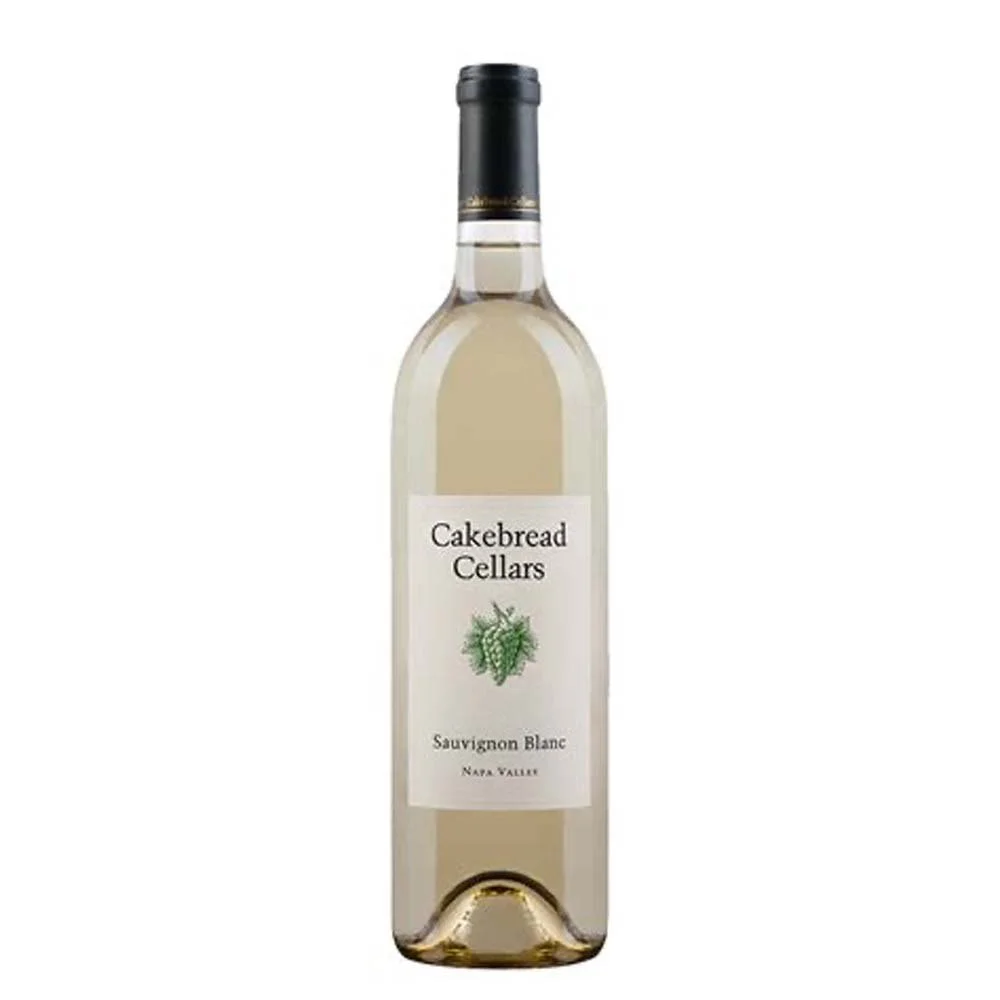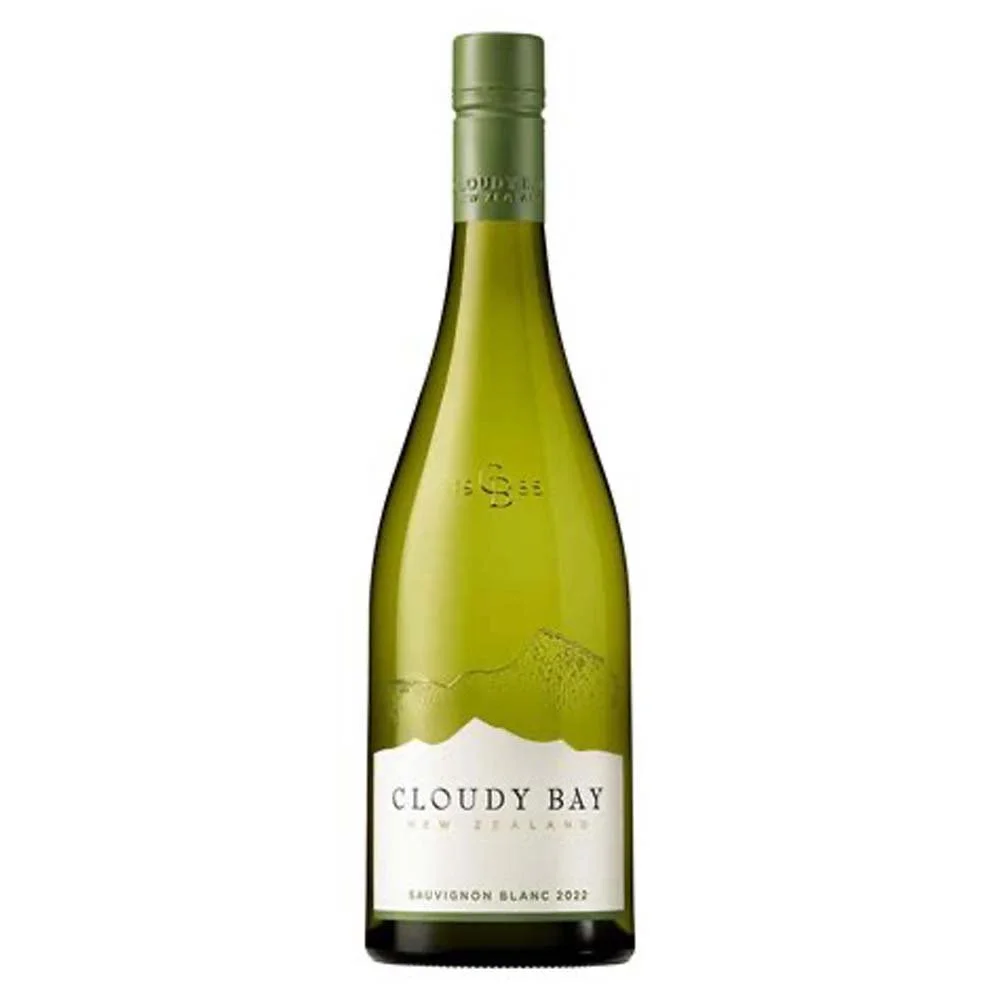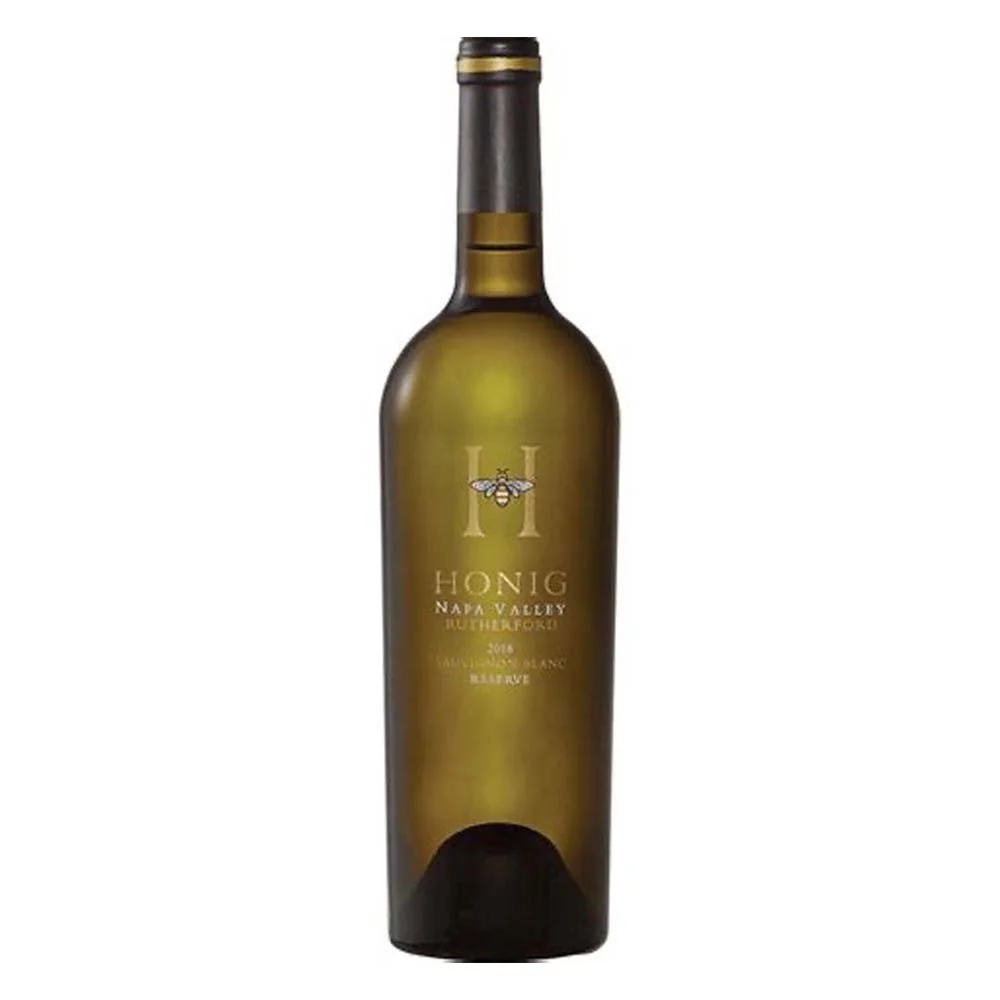SAUVIGNON BLANC
Bright, Zesty, And Unmistakably Fresh
Sauvignon Blanc is a crisp, aromatic white wine known for its vibrant acidity and distinct flavors of citrus, herbs, and minerality. Whether it’s the grassy style of the Loire Valley, the tropical flair of New Zealand, or the polished versions from California, Sauvignon Blanc always brings clarity, freshness, and a mouthwatering edge to the glass.
Key Characteristics
Sauvignon Blanc is typically light-bodied and high in acidity, with pronounced aromatics and flavors that range from green and herbal to ripe and tropical.
Style
Still, white (also used in sparkling and dessert wines)
Body
Light to medium
Acidity
High
Primary Grapes
Sauvignon Blanc
Typical Flavors
Lime, green apple, gooseberry, passion fruit, cut grass, bell pepper, flint
Origin & History
Sauvignon Blanc originated in the Loire Valley of France and is also native to Bordeaux, where it's often blended with Sémillon. It spread globally in the 20th century, gaining massive popularity—especially in New Zealand, where its bold, tropical style helped redefine modern white wine. Its name derives from the French sauvage, meaning “wild,” a nod to its vigorous growth.
How It’s Made
Sauvignon Blanc is most often fermented in stainless steel to preserve its freshness and aromatics. Some higher-end versions (particularly from Bordeaux and California) may see oak aging or lees stirring to add creaminess and complexity. Sweet styles like Sauternes are made from botrytized Sauvignon Blanc in combination with Sémillon.
Notable Regions
Sauvignon Blanc thrives in a range of climates, offering strikingly different styles across the globe.
France
Loire Valley
Sancerre, Pouilly-Fumé
Crisp, mineral, and herbal; benchmark for elegance and restraint
France – Bordeaux
Graves & Pessac-Léognan
Often blended with Sémillon; richer, sometimes oaked
New Zealand
Marlborough
Vibrant, tropical, and intensely aromatic with gooseberry and passion fruit
United States
California
Napa, Sonoma
Riper and rounder, sometimes oaked (“Fumé Blanc” style)
Chile
Casablanca & San Antonio Valleys
Bright and zesty with lime, grapefruit, and herbal lift
Food Pairings
Sauvignon Blanc’s acidity and herbal character make it one of the best wines for pairing with vegetables, goat cheese, and seafood.
Appetizers
Goat cheese tart, green salads, asparagus
Seafood
Oysters, ceviche, grilled white fish
Cheeses
Chèvre, feta, fresh mozzarella
Vegetarian
Zucchini noodles, herbed risotto, pea soup
How to Serve It
Glassware
Tulip-shaped white wine glass to focus aromatics and brightness
Temperature
45–50°F (7–10°C)
Storage
Best enjoyed young; store upright in a cool, dark place
Fun Fact
Sauvignon Blanc is one of the parent grapes of Cabernet Sauvignon, the other is Cabernet Franc.
Recommended Producers
These houses exemplify the diversity and craftsmanship of Sauvignon Blanc, from zesty New Zealand expressions to elegant Napa and Loire Valley styles.
Cakebread Cellars
A Napa Valley staple producing crisp, balanced Sauvignon Blanc with bright fruit and subtle complexity.
Cloudy Bay
A pioneering Marlborough estate that helped define New Zealand Sauvignon Blanc with its bold aromatics and vibrant acidity.
Honig Vineyard & Winery
A family-run Napa producer crafting both fresh and richly textured Sauvignon Blanc, including their distinctive Rutherford Reserve.
Patient Cottat
A trusted name in Sancerre known for elegant, mineral-driven Sauvignon Blanc made from old vines with classic Loire finesse.
Recommended Pours
Cakebread - Sauvignon Blanc Napa Valley 2022 — A crisp and polished Napa Sauvignon Blanc with citrus, melon, and a touch of herbal lift.
Cloudy Bay - Sauvignon Blanc Marlborough 2023 — A vibrant and zesty New Zealand classic bursting with passionfruit, lime, and fresh-cut grass.
Honig - Sauvignon Blanc Rutherford Reserve 2022 — A rich, barrel-influenced Sauvignon Blanc showing tropical fruit, lemongrass, and creamy texture.
Patient Cottat - Sancerre Vieilles Vignes 2022 — A refined Loire Valley Sauvignon Blanc with flinty minerality, white flowers, and lively citrus.





